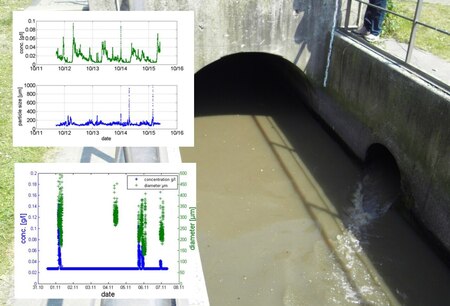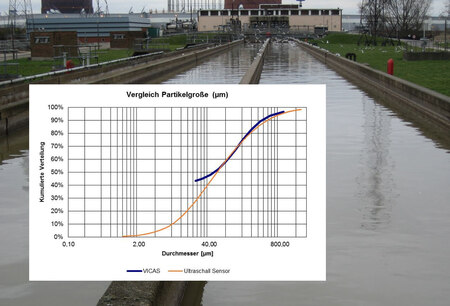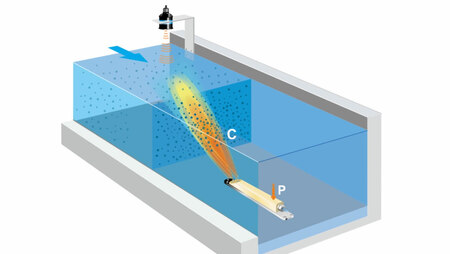Particle concentration (TSS) in water and Wastewater
The environmental pollution caused by micropollutants, microplastics and heavy metal residues has come increasingly into focus in recent times. Pesticides, medicines or heavy metals, which very often enter the water cycle via wastewater, represent a risk to the environment. In this context, solid particles in water and wastewater, which are recorded via the parameter filterable substances (TSS, Total Solid Substances), have also become the subject of closer examination. In particular, trace substances and heavy metals are attached to fine solid particles in high concentrations.
Against this background, TSS are used in technical regulations as reference parameters for the material load of precipitation discharge. Even more specific reference is made to the fine particulate substances TSS63 (also called AFSfein) with particle sizes below 63 µm. There are various studies that prove that a considerable proportion of particle-bound substance transport takes place via particles in this size range. Heavy metals, for example zinc and lead, adsorb predominantly on particles smaller than 63 µm.
The precipitation discharges are assigned to different area categories in relation to TSS63 concentration values. Catchment-related estimation of the flushed AFS63 load per year determines whether and to what extent the rainwater is to be treated.
The determination of the solids concentration is usually carried out by sampling and analysis in the laboratory. The laboratory determination of the TSS63 parameter is very complex and has not been standardised so far. At present, optical probes can be used for the continuous measurement of a TSS equivalent. In practice, however, these measuring systems have proven to be very costly in terms of maintenance and calibration.
As part of a project funded by the German Federal Ministry of Education and Research, NIVUS have developed an acoustic measurement system that can continuously determine the particle concentration and particle size distribution in water. This new multi-frequency measurement method with complex algorithms is based on ultrasonic backscattering.
In addition, in combination with a flow measurement, the load determination in a certain period can be determined.
This load determination can be used, for example, to measure the actual precipitation-related pollutant load in rainwater discharges or to analyse the actual retention effect of rainwater treatment structures in drainage systems. These data can be used for optimal dimensioning of treatment structures. It can also be used for quality-dependent real-time control of sewer networks in combined and separation systems..
The measurement system also detects larger particles. Therefore, among other things, there is great application potential in the inspection of solids or retention soil filters.



